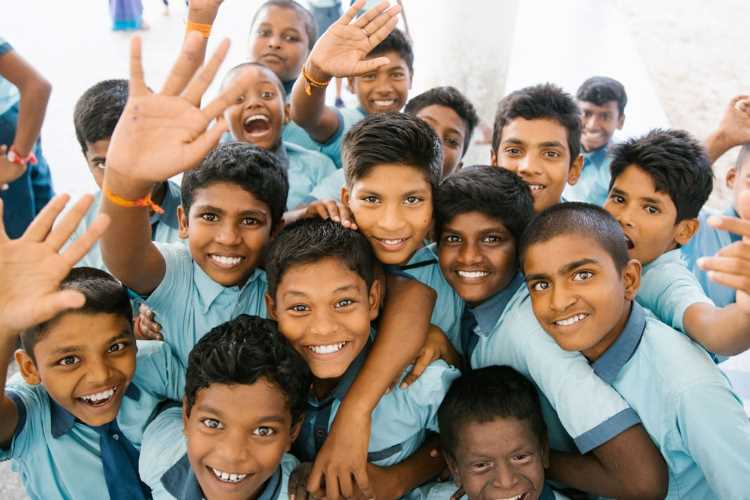
India has made major strides in reducing poverty, the government said citing a study by Oxford Poverty and Human Development Initiative. The country has pulled 271 million people out of poverty in 10 years to 2016, the Parliament was informed on Friday. India and Cambodia were the fastest countries to reduce multidimensional poverty among the 10 selected countries, minister of women and child development Smriti Zubin Irani informed the Lok Sabha in a written reply on Friday, citing Global MPI 2019.
The report was published by Oxford Poverty and Human Development Initiative in partnership with the United Nations Development Programme’s Human Development Report Office. The report studied multidimensional poverty for 101 countries that house more than three fourths of the world population. The study that covered 570 crore people and found that 23% of them (1.3 billion) are multidimensionally poor. Multidimensional poverty indices incorporate non-monetary deprivations crucial to the wellbeing of the people.
READ: What Nirmala Sitharaman failed to see
Despite the dramatic success in reducing poverty, about 8.8% of Indians are facing severe poverty. About a fifth of Indian population are vulnerable to multidimensional poverty, says the report. There are huge variations in the state of poverty among Indian states. In Kerala, only 0.1% of the population faced severe poverty, while 22.4% population of Bihar faced conditions of extreme poverty.
The study found that two-thirds of multidimensionally poor in the world live in middle-income countries. The study says children are the worst sufferers of poverty with half of the total number of poor are under 18 years of age while a third are below 10 years. The situation in South Asia is alarming with 22.7% children below age 5 face inequality in deprivation in nutrition. At least one child per household in the region is malnourished. A third of all children in Pakistan below 5 years experience such intrahousehold inequality.
The United Nations has adopted the Sustainable Development Goals, seeking to end poverty and ensure peace and prosperity to all people by 2030. Among the SDGs, there are several transformatory zeros such as zero poverty, hunger, and discrimination against women.
READ: Doubling farmers’ income by 2022 a tough task, but not an impossible one
The study also highlighted the diversity in child poverty in South Asia. It says more than a tenth of girls in South Asia are out of school and face multidimensional poverty. In Afghanistan, the number of girls out of school is much higher at 44%. The study found that there is no correlation between economic inequality and the MPI value.
Various studies indicate that more than two-thirds of Indians are poor. The Narendra Modi government is making serious efforts to remove malnutrition among poor children. It is implementing several schemes such as the Anganwadi services, Scheme for Adolescent Girls and the Pradhan Mantri Matru Vandana Yojna that are available to all eligible beneficiaries. The government has also initiated the POSHAN Abhiyaan to improve nutritional status of children up to six years of age, adolescent girls, pregnant women and lactating mothers.

